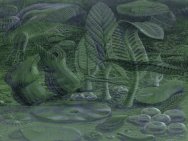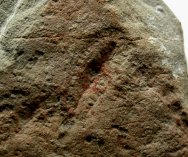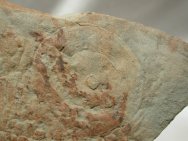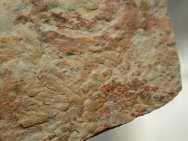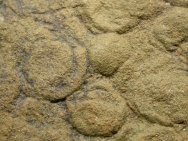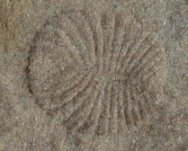White Sea Ediacaran Fossils
Ediacaran Fossils of the Vendian White Sea Summer Coast Fossil Beds, Northern RussiaGeologic Time: Ediacaran about 550 million years ago |
Also
see : Related
Interest: |
|
The
association of these fossils within the Tree of Life remains
controversial. Some Cyclomedusa is among the most highly represented members of the Ediacaran Biota, with specimens known from Neoproterozoic strata worldwide, including Ediacara Hills (Australia), Norway, the Charnwood Forest in England, Northern China, Olenek, Ural Mountains and the White Sea Summer Coast of Russia, Newfoundland and Northwest Canada, Podolia in the Ukraine, and Sonora Mexico. Early interpretations of Cyclomedusa was as a jellyfish. Others postulated a benthic creature possibly an octacorallian or sea pen, and more recently, a microbial colony.
References: |
||||||||||||||||||||
Fossil
Museum Navigation:
Home Geological Time Paleobiology Geological History Tree of Life Fossil Sites Fossils Evolution Fossil Record Museum Fossils |


